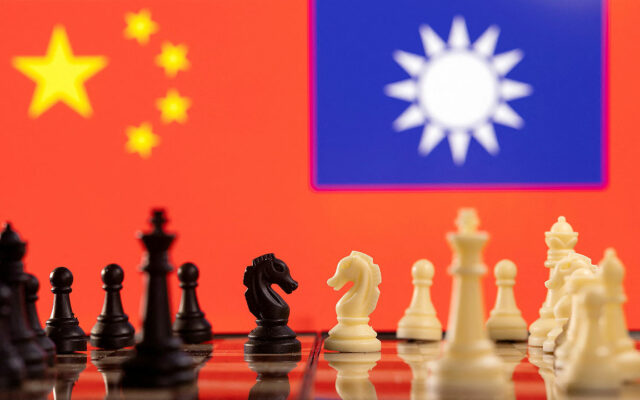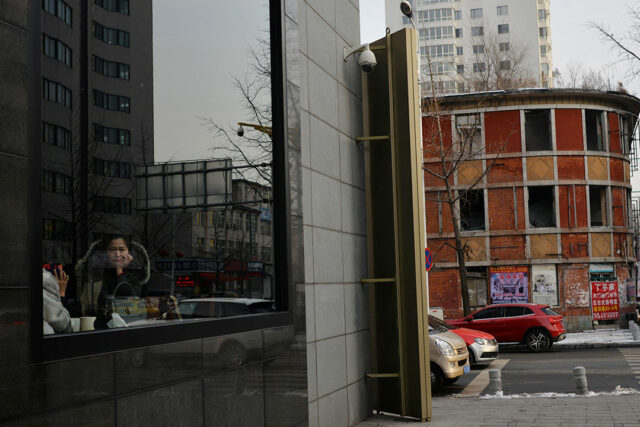Gov’t funding may be needed to address Philippine skill gap
GOVERNMENT funding for upskilling and reskilling and collaboration among agencies are needed to address the Philippine job market’s skills gap and job mismatch issues, an Accenture official said.
Ambe C. Tierro, country managing director at Accenture Philippines, said that the government can help address the talent gap, particularly in technology, if it provided more funding for reskilling and upskilling.
“It will be funding for more upskilling and reskilling, just like when we previously got support for healthcare business process outsourcing (BPO),” Ms. Tierro said at a Michael Page and Page Executive Philippines forum on Wednesday.
“I think the continuous funding and also getting bigger funding will be helpful, and I don’t think that is a personal thing; the information technology and business process management (IT-BPM) industry, at a scale, is advocating for more funding for skilling,” she added.
She said that the private sector mostly shoulders the cost of reskilling and upskilling as technology evolves.
Grace M. David, chief executive officer at EdTech company Edukasyon.PH, said that the conversation should be focused on talent development rather than job creation.
“Before the pandemic, only half of our college graduates entered the workforce, and only half of those who entered the workforce actually practiced what they studied,” Ms. David said.
“What is nice is that the Philippines has (available individuals); now let’s make sure that their talents and their skills are in alignment with the jobs that are needed by industry.”
She said that the issue should not only concern the education industry and the Department of Education but also other agencies.
“It is really working hand in hand with our economic sector to identify what those future jobs are because that should be the kind of training happening in the schools right now,” she said.
“Unfortunately, what is happening now is that after graduation, organizations like us… have to train the graduates so that they can actually match the jobs, and that’s where the gap is,” she added.
Asked about opening education to foreign investment, she said that the Philippines should be open to looking at how education has been innovated in other countries.
“We need bigger innovation to come in here in the Philippines, and it is not yet practiced amongst our competitors. We’ve got to look outside the Philippines,” she said.
“We need foreign innovation to really bring up the quality of education. I cannot touch on ownership at this stage, but we could touch on something that we could quickly adopt outside the Philippines and bring it here,” she added.
Congress has been debating resolutions proposing constitutional change to ease restrictions on foreign investment. The proposals seek to open the Philippines to foreign investment in public utilities, education, and advertising. — Justine Irish D. Tabile








